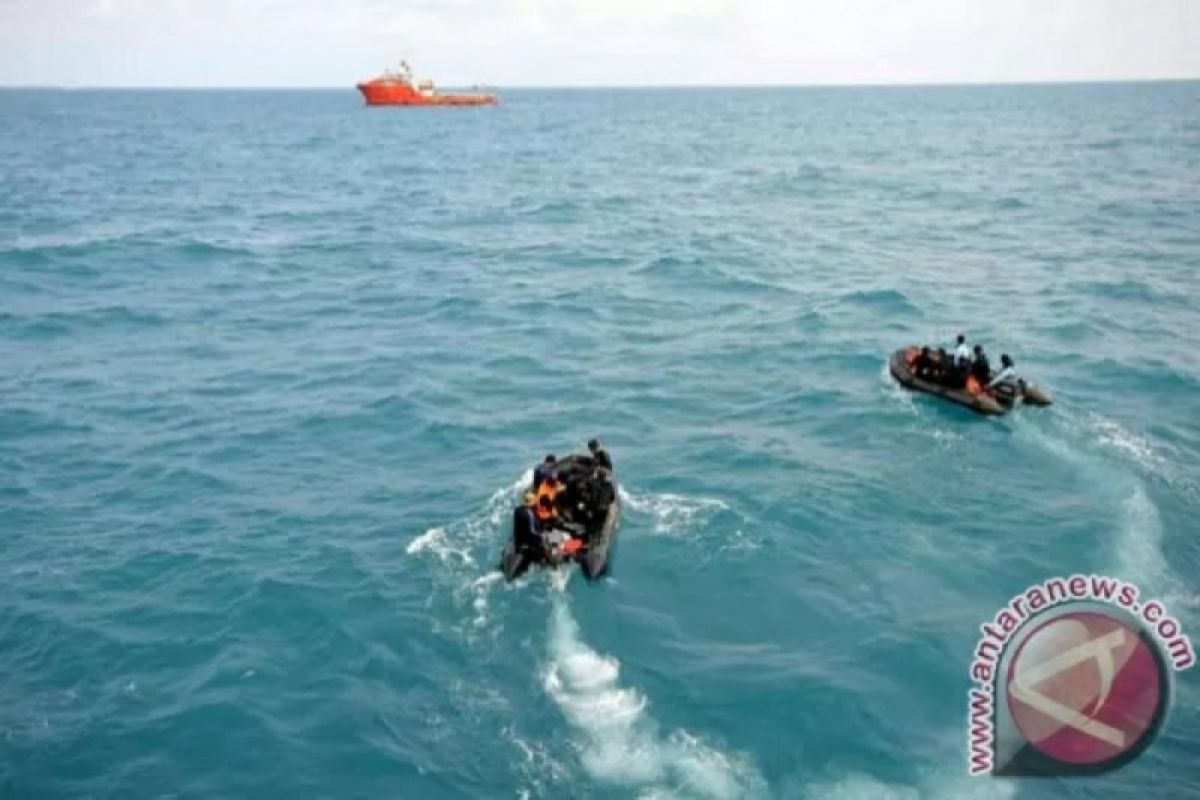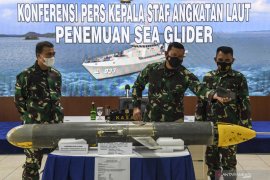However, how does Indonesia address this matter and prevent any future recurrence of a similar infiltration of foreign underwater drones into the country's territorial waters?
Sukamta, a member of the House of Representatives' (DPR's) Commission I overseeing security and foreign affairs, suggested that the government should improve Indonesia's defense and remote sensing capabilities.
To this end, Defense Minister Prabowo Subianto is glaring at the challenge of boosting Indonesia's capabilities to expedite the development of remote-sensing technology. To this end, the government should push its national research agencies to meet the demands.
Sukamta, who represents the Prosperous Justice Party (PKS) faction at the DPR, further suggested that Indonesia may also be able to collaborate with several countries in technology transfer to boost its mastery of defense technology.
The UUV was reportedly found by Saeruddin, a resident of Majapahit Village in Pasimarannu Sub-district, Selayar Islands District, South Sulawesi Province, on December 20, 2020.
However, after having kept it at his home for a week, this 60-year-old fisherman handed it over to a local military authority.
The discovery of this underwater drone that can be used for intelligence, surveillance, reconnaissance, deep water survey, and inspection-related purposes has come under the spotlight of Indonesia's and international media outlets.
Saeruddin was quoted by Detik.com as saying that the 175-kg drone was found floating while he was fishing at sea near Selayar Island on December 20, 2020.
On discovery, the drone was equipped with two cameras and a light that was still active. Its light was still blinking when he had secured it, Saeruddin was quoted as saying.
The local military authority then handed over the discovered underwater object to the Indonesian navy for investigation.
Pictures from the discovery show that the underwater drone found near Selayar Island could likely be related to the Chinese Sea Wing family of UUV.
This type of drone is also known as an underwater glider. Using variable-buoyancy propulsion and aided by a pair of wings, this drone can cruise along the sea gathering data on the surrounding ocean environment.
The Sea Wing family of UUV along with its western counterparts, such as the American LBS-G, can have dual civilian and military purposes. Typically, these drones accrue oceanographic data ranging from sea water temperature, turbidity, and salinity, to chlorophyll and oxygen levels.
While this type of data can be useful for scientific purposes, it can also be valuable to naval planners to support fleet positioning and naval maneuvers.
In particular, submarine operations rely heavily on a sound understanding of the oceanic environment that they operate in. Data collected by these drones can help submariners better position their submarines and increase their stealth and effectiveness during an operation (Sutton, 2020).
The latest finding of the drone deep inside Indonesia's territorial waters might be indicative of China expanding its naval reach.
The strategic waterways of the Indonesian archipelago are an important gateway for any Pacific powers intending to reach the Indian Ocean.
The fast-growing naval fleet of the People's Liberation Army Navy (PLAN), including its submarine force, which is projected to reach 76 submarines by 2030 (O'Rourke, 2020: 7), will require good oceanographic data and maritime charts to support operations beyond the Pacific and into the Indian Ocean.
In connection with the discovery of this foreign country's UUV, Deputy Speaker of the House of Representatives (DPR), Azis Syamsuddin, urged the government to strengthen Indonesia's underwater defense and security.
Syamsuddin affirmed that the discovery of the underwater drone, which resembles China's Sea Wing UUV in physical appearance, indeed poses a serious threat to Indonesia's underwater defense and security.
Hence, the Indonesian government must work to protect and secure the country's territorial waters by modernizing its underwater detection and tracking capability, he emphasized.
Any underwater drone and submarine of foreign countries cannot enter Indonesia's sea without the government's permission.
In response to the discovery, Syamsuddin echoed a call for the Indonesian foreign ministry to lodge a protest with the country that owns the recently discovered underwater drone.
In Syamsuddin’s opinion, the Foreign Ministry should also coordinate with the military (TNI) commander to take requisite measures in response to the discovery of the foreign UUV.
The TNI commander could also dispatch TNI units to bolster their early-detection capability and to prevent the UUV from sending data obtained from the covert operation.
This latest development clearly shows that Indonesia must improve its maritime surveillance. While these drones may turn out to be gathering data for seemingly innocuous purposes, including advancing scientific understanding, it is important for policy makers in Jakarta to retain a healthy dose of suspicion.
In view of all circumstances, drones, such as those of the Chinese Sea Wing family, have dual civilian and military purposes. Scientific data collected during peacetime may be used by naval planners to their advantage during wartime.
*Rahmad Nasution is an ANTARA journalist
**Muhammad Teguh Ariffaiz Nasution is a graduate of the University of Indonesia's international relations department.
Related news: Drone finding challenges RI's defense, remote sensing capabilities: MP
Related news: Indonesia must strengthen underwater defence, security: House
EDITED BY INE
Editor: Fardah Assegaf
Copyright © ANTARA 2021












